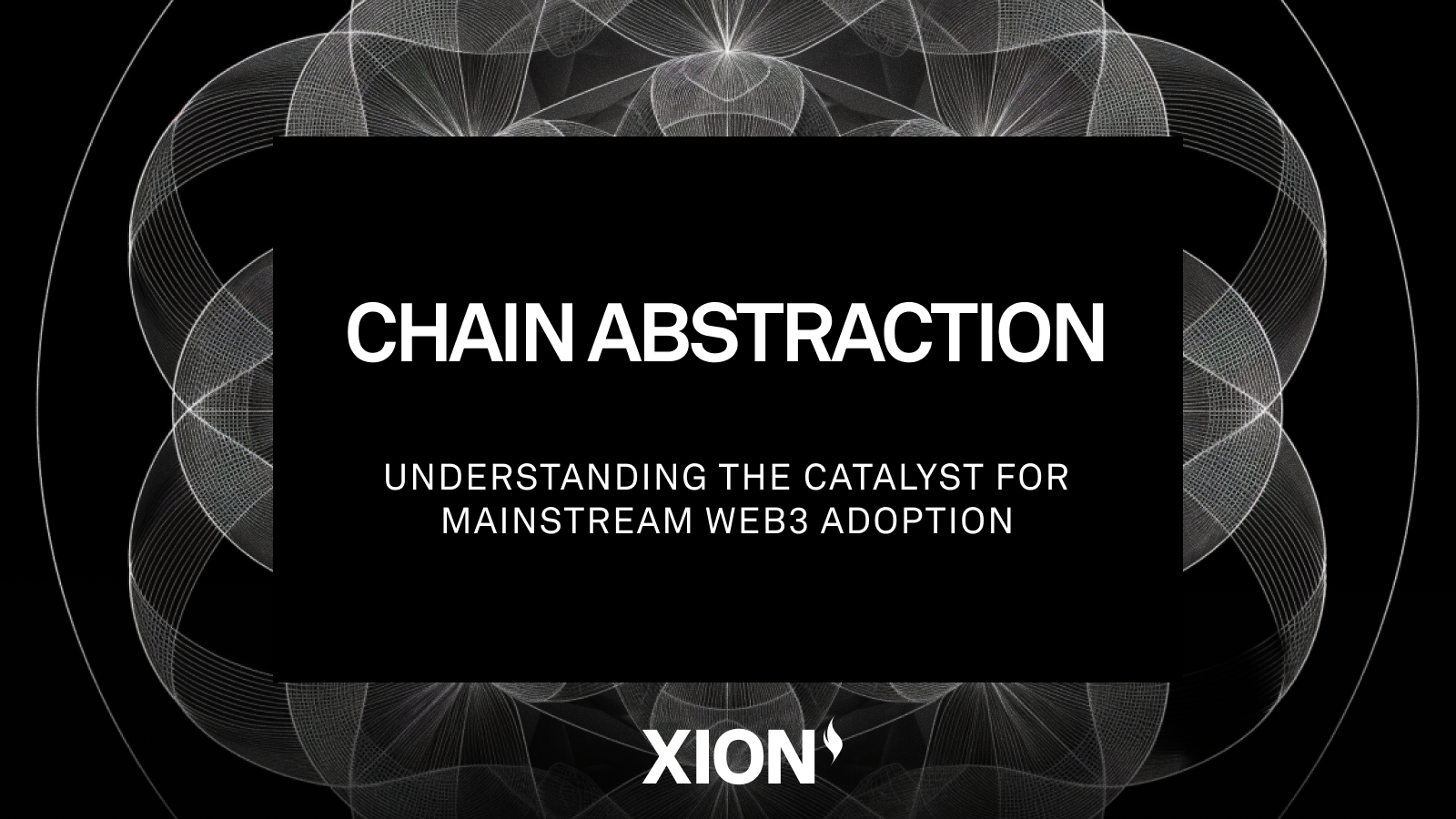
As blockchain technology matures, the demand for seamless interaction across multiple chains has surged. Chain abstraction emerges as a transformative approach to solving interoperability challenges, enabling developers and users to navigate a multi-chain world easily. This article explores the concept of chain abstraction, its role in driving multi-chain growth, and its potential to reshape the decentralized landscape.
Chain Abstraction: A New Frontier for Blockchain Interoperability
In the evolving blockchain ecosystem, one of the most pressing challenges is the lack of seamless connectivity between chains. Users and developers often encounter friction when interacting with multiple networks, whether it’s navigating different wallets, adapting to varying transaction formats, or handling cross-chain asset transfers.
Chain abstraction offers a solution as a unifying layer that simplifies and standardizes interactions across disparate blockchains. Reducing complexity paves the way for greater multi-chain growth and adoption, ensuring that innovation is not hindered by fragmentation.
What is Chain Abstraction?
Chain abstraction refers to a development paradigm where the underlying blockchain infrastructure is hidden from the end-user or developer. Instead of interacting directly with individual chains, users engage with a unified interface or protocol that abstracts the differences between networks.
This concept is akin to cloud computing in its early days, where users no longer needed to manage physical servers or operating systems directly. With chain abstraction, a developer can create a decentralized application (dApp) that operates seamlessly across Ethereum, Binance Smart Chain, and Solana without needing to write separate code for each chain. This approach not only saves time but also eliminates many of the technical barriers currently associated with multi-chain development.Driving Multi-Chain Growth Through Abstraction
The potential of chain abstraction lies in its ability to unify fragmented ecosystems. By reducing the complexity of multi-chain interactions, it encourages more developers to build cross-chain applications and more users to explore diverse networks. For developers, chain abstraction offers standardized interfaces that allow them to interact with a single API or SDK, bypassing the need to understand the intricacies of each blockchain’s architecture. This standardization allows for faster development cycles and easier deployment of cross-chain applications, reducing time-to-market for innovative projects.
For users, the benefits are equally transformative. With simplified interfaces, users no longer need to manage multiple wallets, switch between chains, or worry about technical differences. Instead, they can engage with dApps that handle these complexities behind the scenes, delivering a seamless and intuitive experience. Moreover, chain abstraction promotes enhanced liquidity and network effects by enabling seamless cross-chain operations, boosting liquidity flow between networks and fostering collaboration. This interconnectedness not only strengthens the individual networks but also drives the overall resilience of the blockchain ecosystem.
The Technologies Enabling Chain Abstraction
Several foundational technologies underpin the concept of chain abstraction, each contributing to its development and adoption. Cross-chain bridges play a critical role by facilitating the transfer of assets and data between blockchains. Chain abstraction builds on this concept by automating and simplifying bridge interactions, making them virtually invisible to the user. Unified wallets, such as MetaMask Snaps and other multi-chain wallets, offer interfaces where users can interact with multiple networks without switching between them, a crucial step toward abstraction.
Interoperability standards like those developed by Polkadot, Cosmos, and Chainlink CCIP provide frameworks for multi-chain communication. These standards serve as the backbone of abstracted layers, addressing the limitations of isolated ecosystems while promoting collaboration. By leveraging these technologies, chain abstraction transforms the blockchain experience, making it more accessible and efficient for all participants. Challenges to Realizing Chain Abstraction
Challenges to Realizing Chain Abstraction
While chain abstraction holds immense promise, achieving it is no small feat. The blockchain space is highly diverse, with each chain having unique characteristics, consensus mechanisms, and transaction formats. Developing a truly universal abstraction layer requires addressing significant challenges. Scalability is a primary concern, as abstracted solutions must be efficient enough to handle high transaction volumes across multiple chains without introducing latency or bottlenecks.
Security is another critical factor, as ensuring secure cross-chain interactions is paramount to prevent vulnerabilities that could expose the entire ecosystem to risks. Maintaining decentralization within abstraction solutions is equally important. Abstraction must uphold the decentralized ethos of blockchain while providing streamlined experiences, balancing simplicity with trustlessness.
Despite these hurdles, the rapid pace of innovation in the blockchain space suggests that solutions to these challenges are within reach. As developers continue to refine abstraction technologies, the path to a truly interconnected blockchain ecosystem becomes clearer.
The Future of Blockchain Through Chain Abstraction
Chain abstraction is not just a technical advancement; it’s a paradigm shift that could redefine how blockchains interact and evolve. By lowering barriers to entry and fostering seamless connectivity, it accelerates multi-chain growth, opening doors to new use cases and markets.
Imagine a future where users and developers are no longer confined to a single chain’s ecosystem. Instead, they can tap into the strengths of various networks—leveraging Ethereum’s security, Solana’s speed, and Binance Smart Chain’s cost-efficiency—without ever noticing the transition. Chain abstraction makes this vision possible, transforming blockchain from a collection of isolated networks into a cohesive and interoperable web of value.
Conclusion
Chain abstraction represents a critical step toward a truly interconnected blockchain future. By simplifying multi-chain interactions and empowering both developers and users, it lays the foundation for the next wave of innovation and adoption in the decentralized space. While challenges remain, the ongoing advancements in interoperability, security, and scalability suggest that chain abstraction is not a question of “if” but “when.”
As the blockchain ecosystem continues to expand, chain abstraction will play a pivotal role in shaping its growth, enabling a seamless and user-friendly experience for all participants. For developers, users, and stakeholders, embracing this shift is key to unlocking the full potential of blockchain technology.



